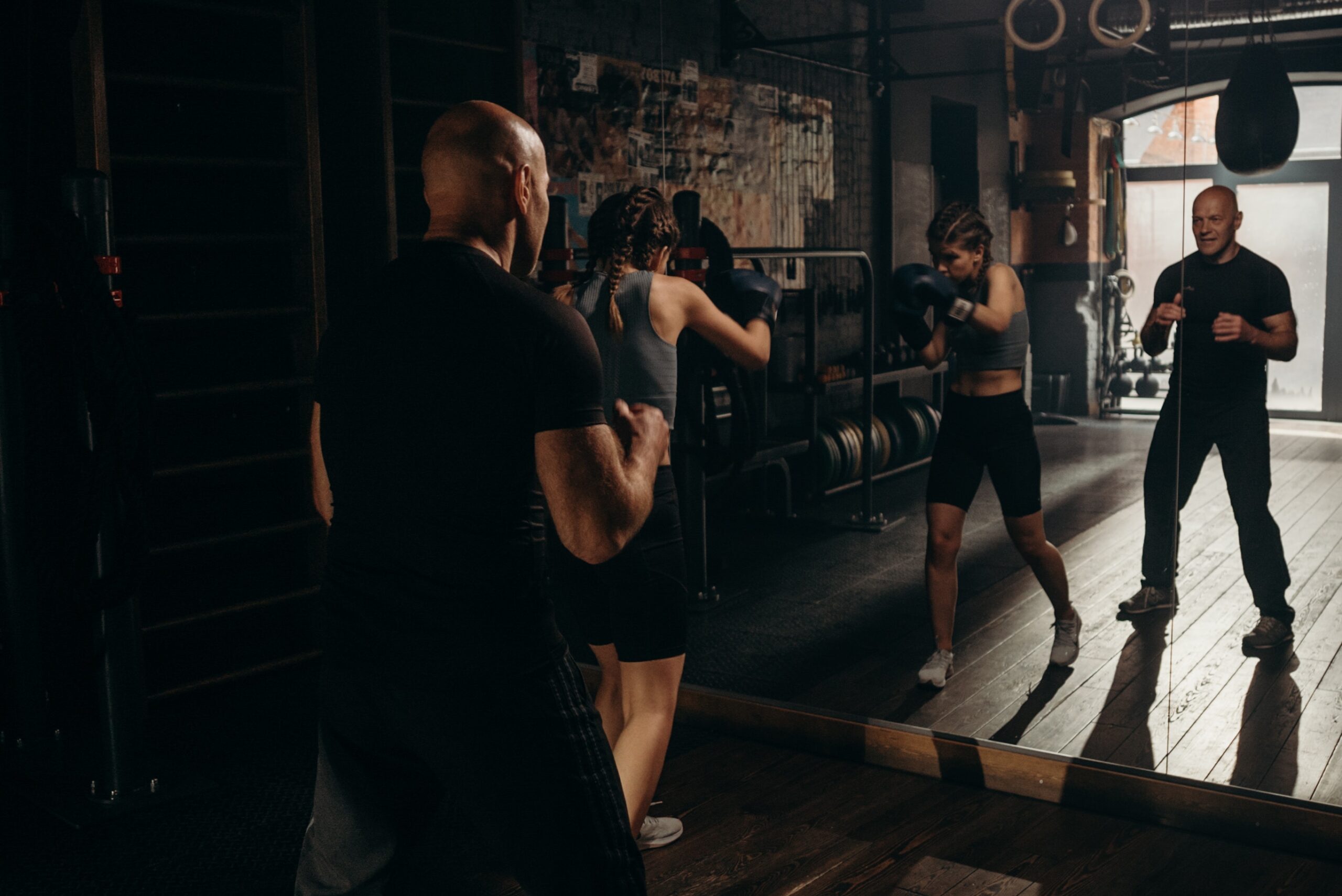Terence Crawford Dominantes Errol Spence Jr. In A Masterful TKO Performance

Fight Overview Terence Crawford displayed his greatness on a world stage with a ninth-round TKO victory over Errol Spence Jr. for the undisputed world championship of the welterweight division. Crawford



